Australia is home to some of the greatest artists of all time. With stunning scenery, intense sunlight and rich cultural heritage – it’s not hard to see why. From Australian tonalism to the Heidelberg School and influences from Europe, there’s plenty to explore.
Despite their skill, Australian painters of the twentieth century aren’t that well known in the history of art. However, with this famous Australian painters list, you’ll be an expert in no time.
So, whether you’re looking to expand your knowledge or simply gain inspiration for Australian landscape wall art, we’ve got you covered. Let’s get straight to it…
Clarice Beckett
(1887-1935)
No famous Australian painters list would be complete without Clarice Beckett. Beckett was a true master of the Australian Tonalism movement. This style emerged in the early twentieth century, originated by Max Meldrum. It focused on the interplay between light and dark – with painters aiming to create realistic impressions of space and depth through careful observation of nature and shades of color.
Beckett’s highly individual soft-focus style cemented her place as one of the most famous Australian painters of the twentieth century. Exemplified in works such as Beaumaris Seascape 1925 ,and Rainy Morning, her gentle color palette and deeply moving approach still resonates today.
Clarice Beckett has also featured on our list of 10 famous paintings by women artists, so if you’re looking for more inspiration – make sure to check this out!
Emma Minnie Boyd only appears in the Australian Dictionary of Biography as a minor character in the entry of her artist husband, Arthur Merric Boyd! Despite this, many critics (at the time and subsequently) argue her art is far superior.
Emma Minnie Boyd painted landscapes and seascapes in her home of Tasmania. She exhibited prolifically and was particularly proficient in genre painting, floral studies and portraiture. Reflecting her technical skill, Boyd created works in both watercolor and oil, later running her own teaching studio in Melbourne.
Her depictions of everyday life (typified in To the Workhouse and The Window Seat) provide a unique insight into Australian life at the turn of the century.
Emma Minnie Boyd
(1858-1936)
Rupert Bunny
(1864-1947)
Although Rupert Bunny was born and raised in Melbourne, he achieved critical acclaim in Paris. After moving to Europe in 1884, the artist was warmly welcomed by Parisian high society.
During his career, he painted many of the leading musicians including Madame Melba (Nellie Melba, the famed Australian operatic soprano). Bunny also produced works such as The Sonata, with obvious allusions to music.
Popular with cultured, cosmopolitan audiences, Bunny was a sumptuous colorist as well as a truly skilled draftsman. His influences range from neo-classical styles to Pre-Raphaelite painters and Christmas symbolism.
Charles Edward Conder was an English born painter who moved to Australia at the age of sixteen. He was a key member of the Heidelberg School – a movement credited with inaugurating a unique Australian style of Art.
Drawing on naturalist and impressionist ideals, Charles Conder (along with other artists such as David Davies and Frederick McCubbin) sought to capture the realities of rural Australian life. The idiosyncratic harsh sunlight of the Australian landscape particularly captivated these men.
Charles Conder paintings such as White Daylight Lingers and The Yarra Heidelberg particularly exemplify this fascination. Their impressionistic approach and gentle coloring movingly depict small delicate bodies in the vast Australian terrain.
Alongside Charles Conder and Frederick McCubbin, David Davies was a leading member of the Heidelberg School. Unlike his contemporaries however, Davies’ works are unique for their moonlight depictions. He adored painting en plein air, first discovering this love at the Mount Eagle artists camp just outside of Melbourne.
Many of Davies’ atmospheric moonscapes are painted just outside the rural Melbourne suburb of Templestowe. These include Moonrise (1885) and Nocturne Templestowe(1896).
Davies later travelled to Paris and England (where he joined the St Ives School – an artists’ colony in Cornwall). He painted the astoundingly beautiful nighttime seascape St Ives (1900) during his time in England.
No list of famous Australian painters would be complete without Frederick McCubbin! A leading light of twentieth-century art, he was a prominent member of the Heidelberg School movement. McCubbin was also an art teacher who inspired the succeeding generation of Australian artists.
Similarly, to many of his contemporaries, McCubbin sought to represent the national life of Australia. He consequently produced several large landscapes that reflect the quiet melancholy of rural existence.
During later travels to Europe, the work of JMW Turner and the French impressionists inspired McCubbin. Thereafter he employed a free, abstracted style of brushwork. With a light, fleeting color palette and emotional narratives, works such as the Pioneer panels and Down on his Luck (1899) are now icons of Australian art.
Frederick McCubbin
(1855-1917)
John Peter Russell
(1858-1930)
John Peter Russell was an Australian impressionist painter. Although born and raised in Sydney, the artist moved to Europe whilst he was still a teenager.
After enrolling at the Slade School of Fine Art in London, he went on to study painting in Paris. Russell’s contemporaries included Henri de Toulouse-Lautrec and Vincent van Gogh. Importantly, Russell also painted one of the earliest known portraits of Van Gogh (created in 1886)!
The strong coloring, loose brushwork and vibrant expression of French impressionism is evident in Russell’s many landscapes and seascapes. His works depicting stormy seas and skies off the Brittany coast are particularly representative of his astounding artistic skill and creative freedom.
If you’re looking for Australian landscape wall art – then look no further than Arthur Streeton! As the last (but certainly not last) painter on this list, his landscapes are some of the most inspiring works of Australian art.
As a founding member of the Mount Eagle artists’ colony, Streeton painted the surrounding countryside with passion and intensity. He described his first nights at the Mount Eagle House as “creaking and ghostly” with long dark corridors “full of past visions”.
Despite his early fears, the artist persevered to create paintings full of color and light. These include Cutting on a Hot Road and the aptly named Travellers Rest.
Arthur Streeton
(1867-1943)

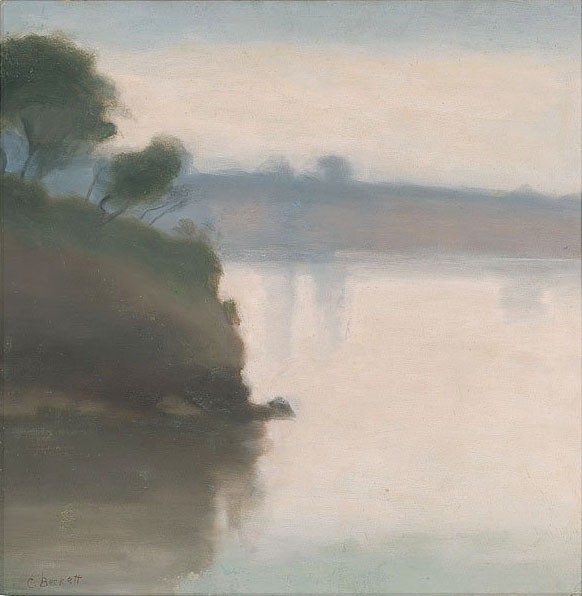
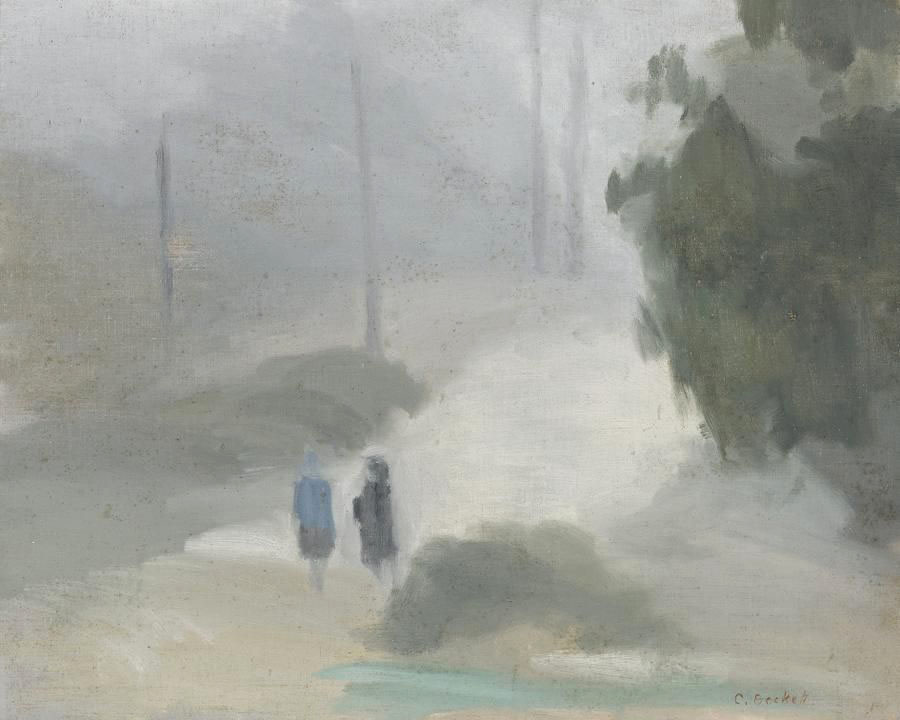
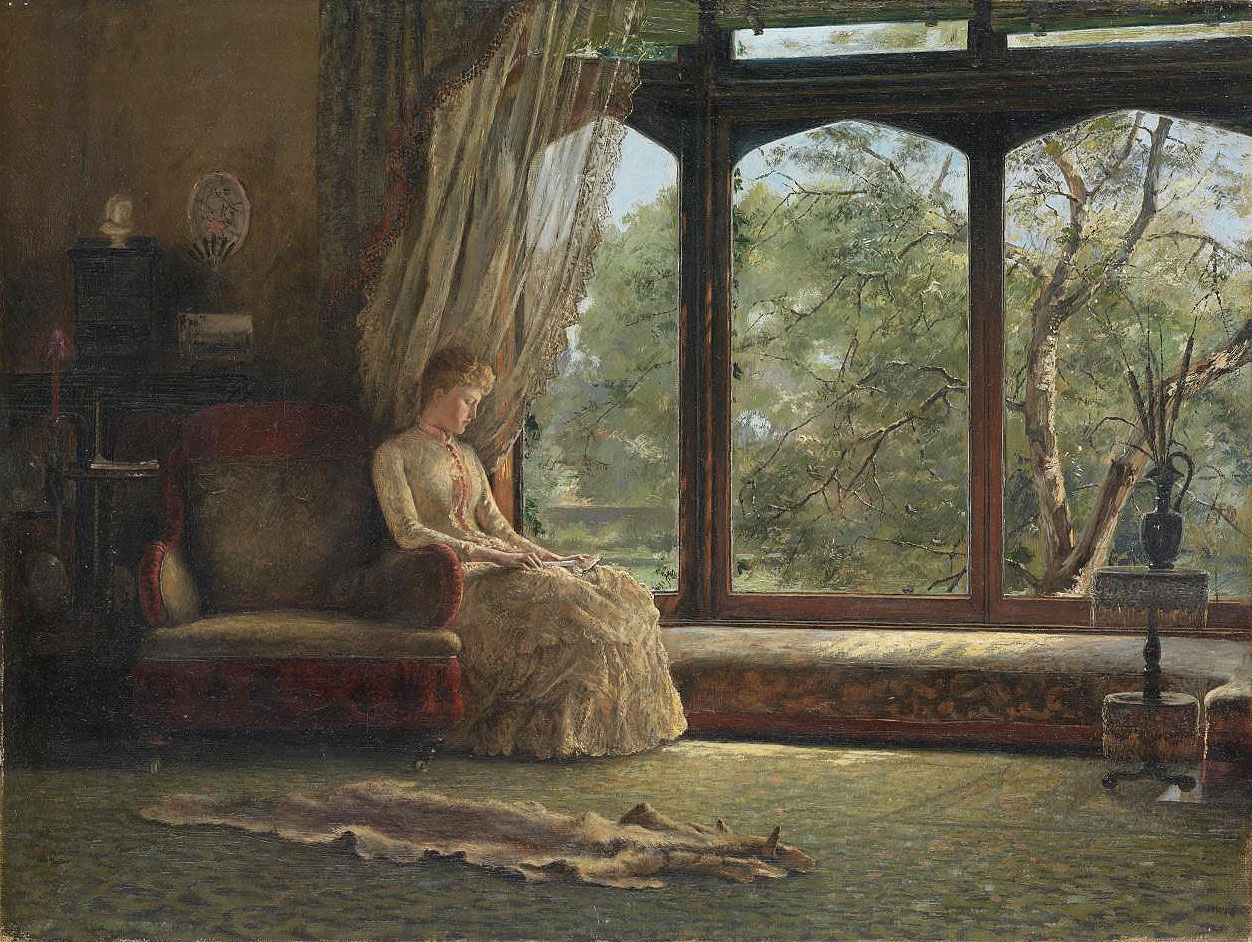
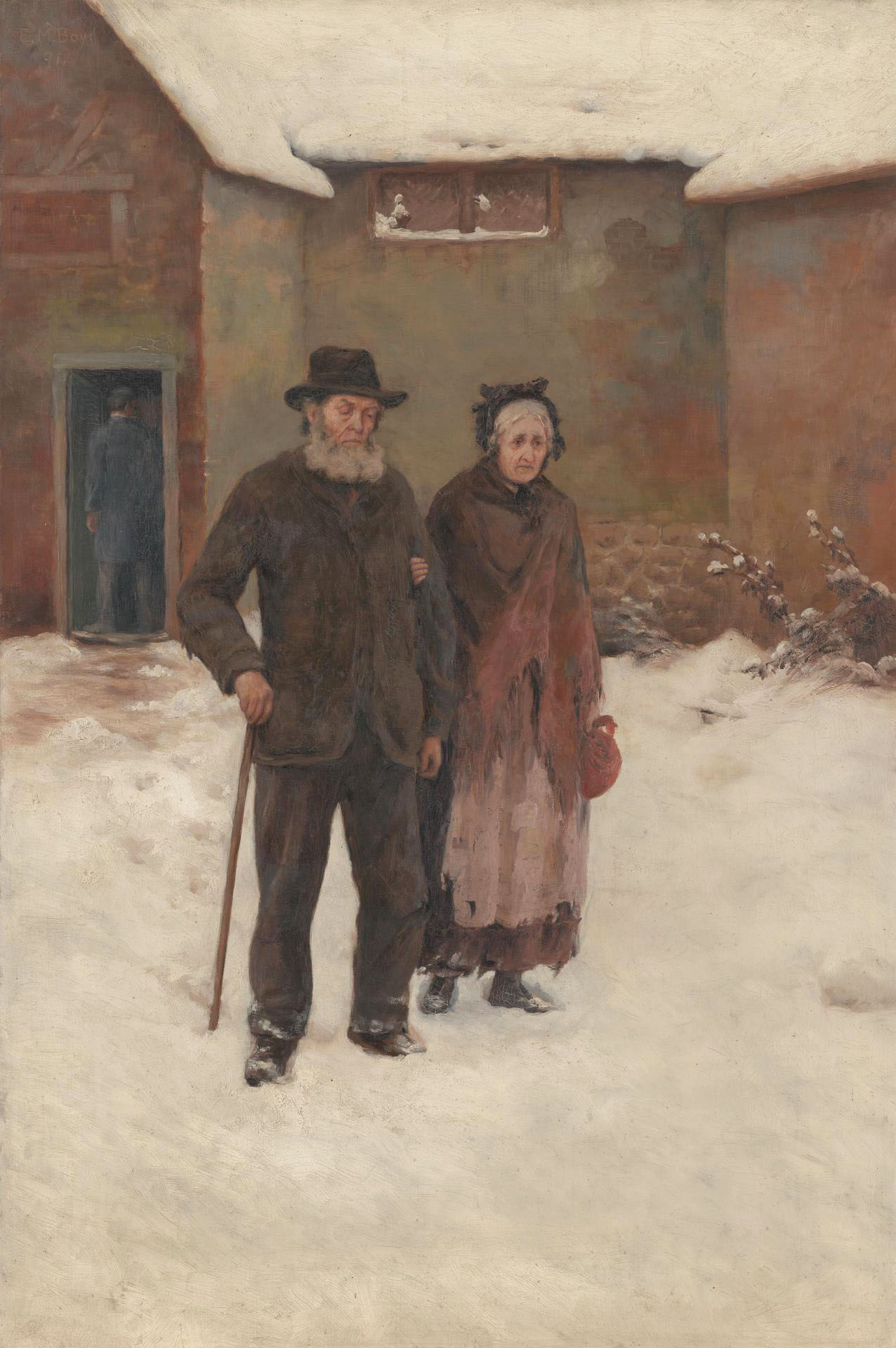
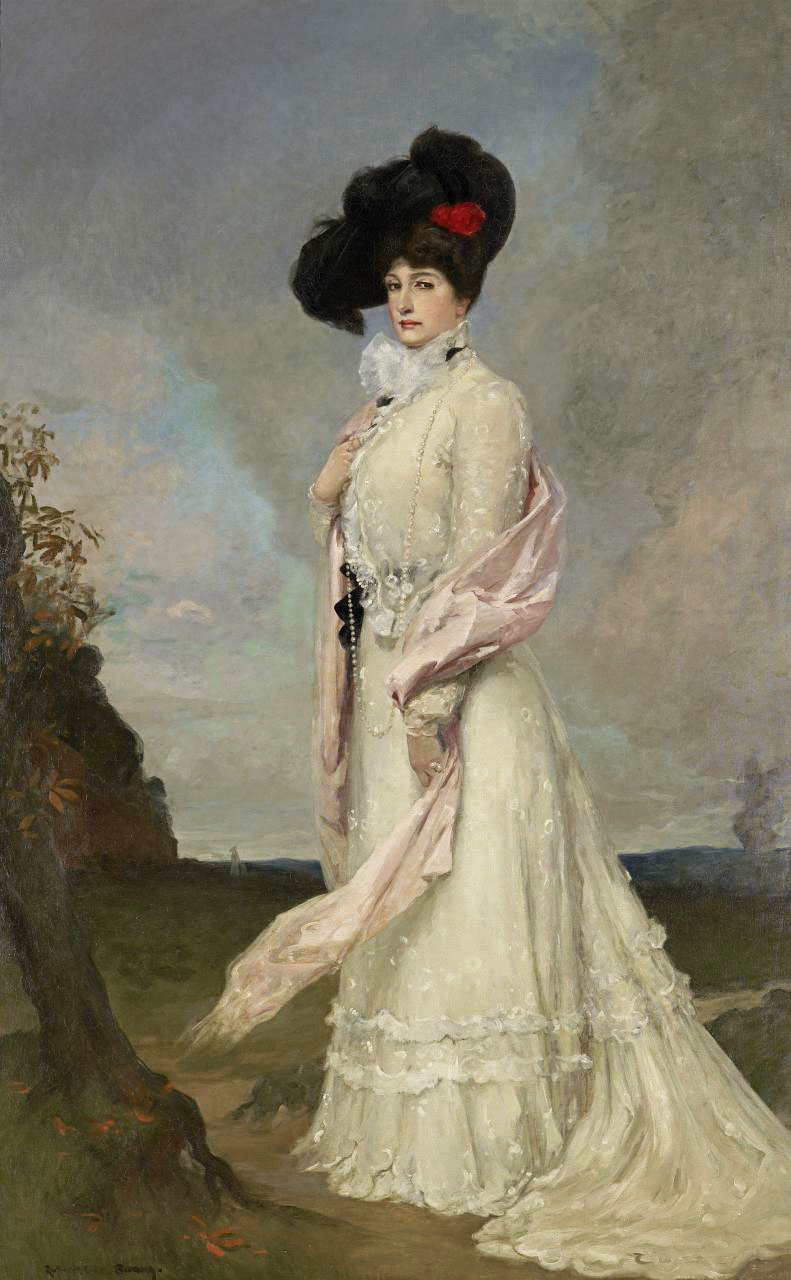
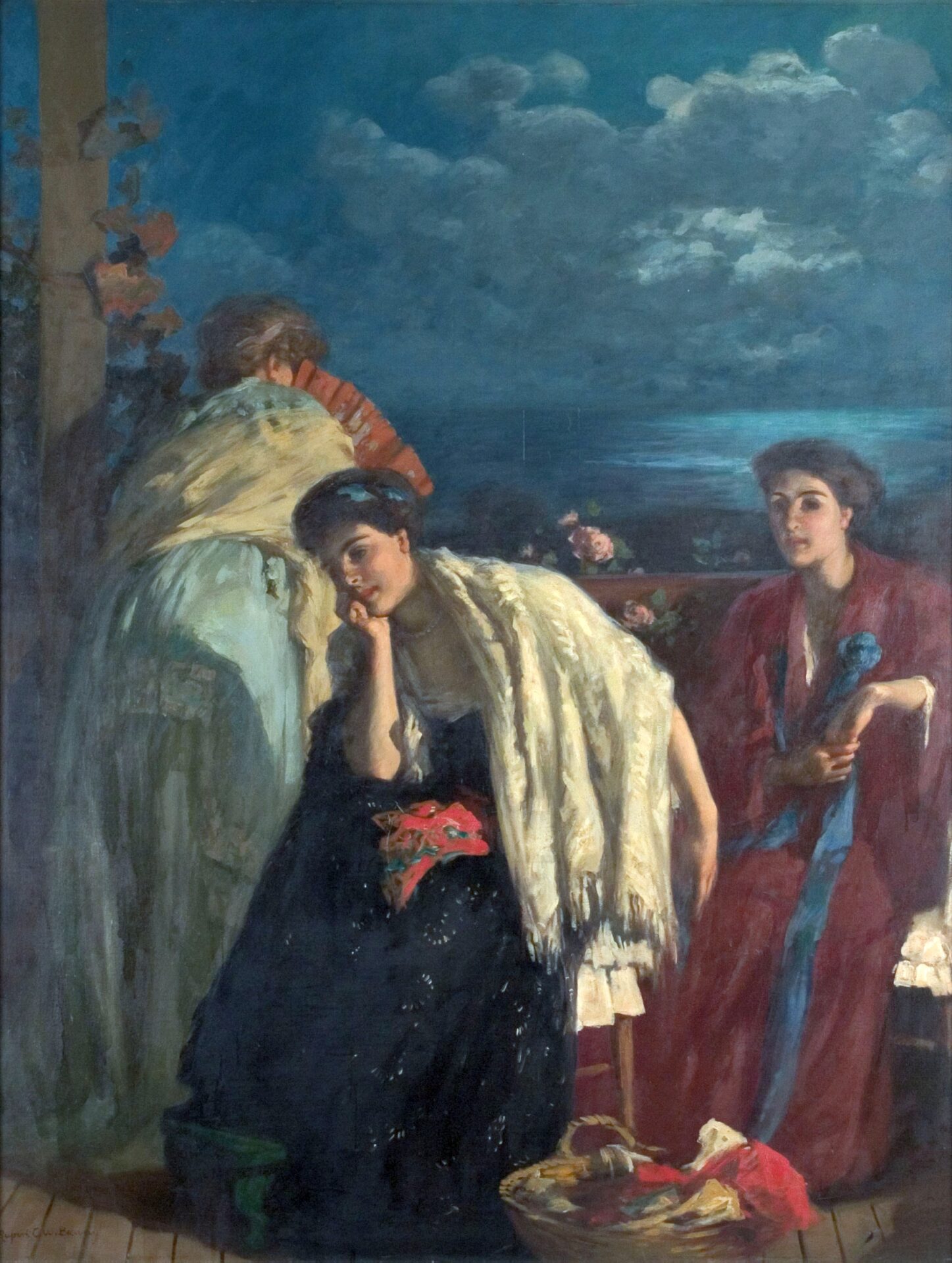
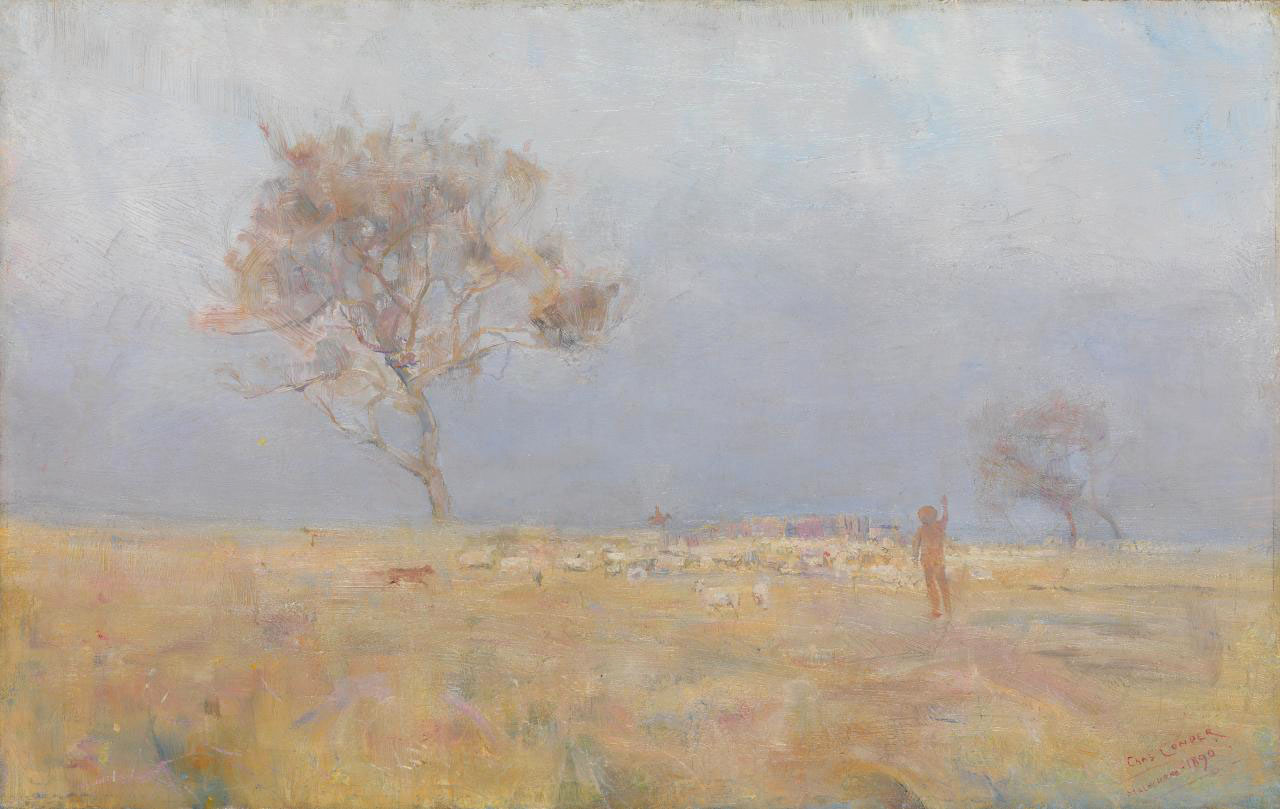
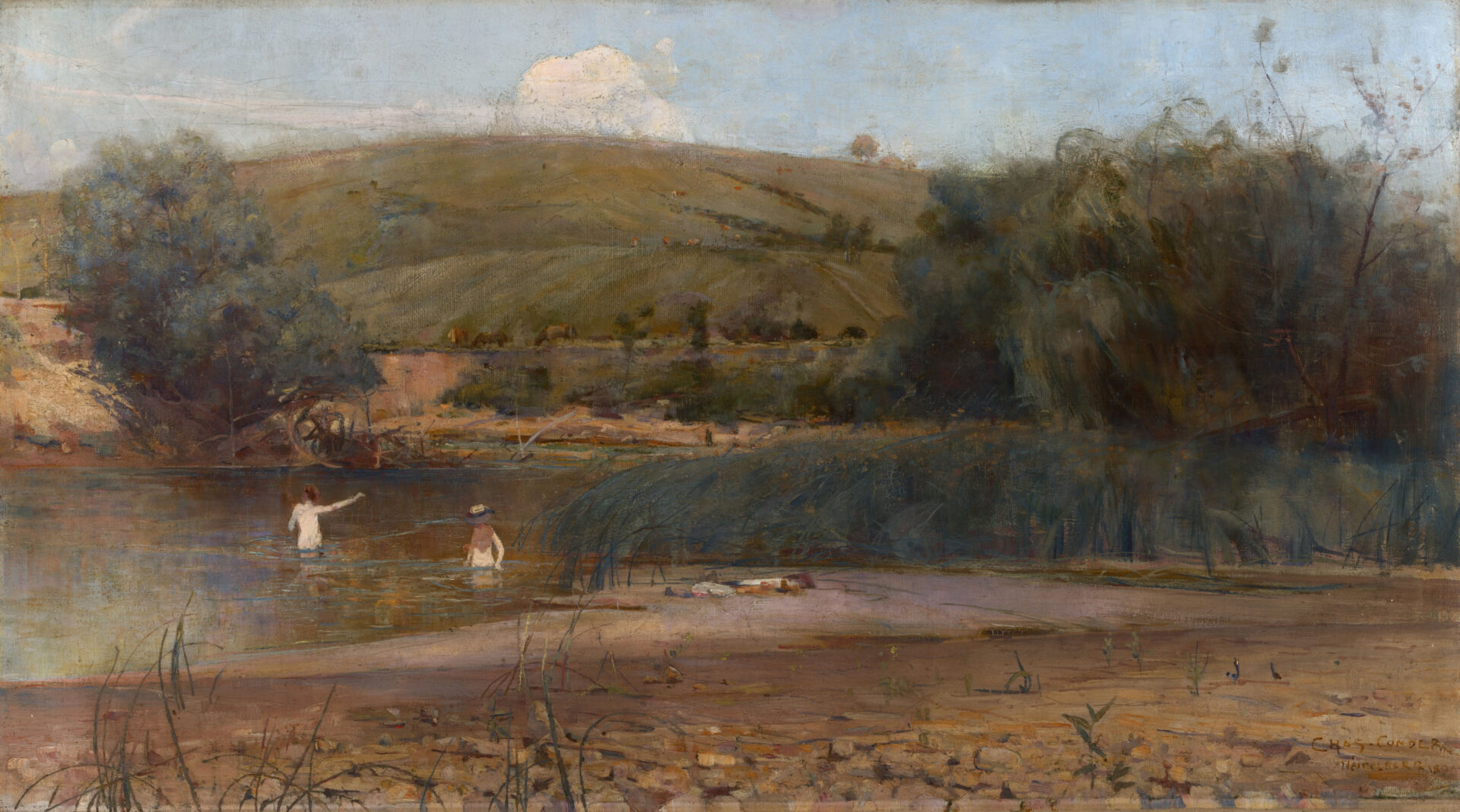
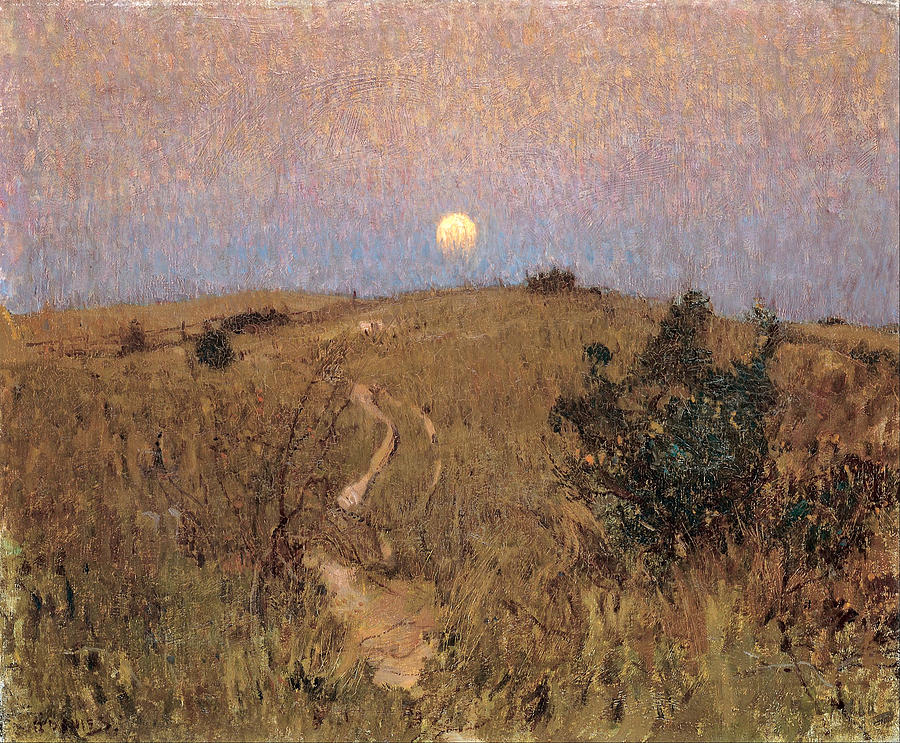

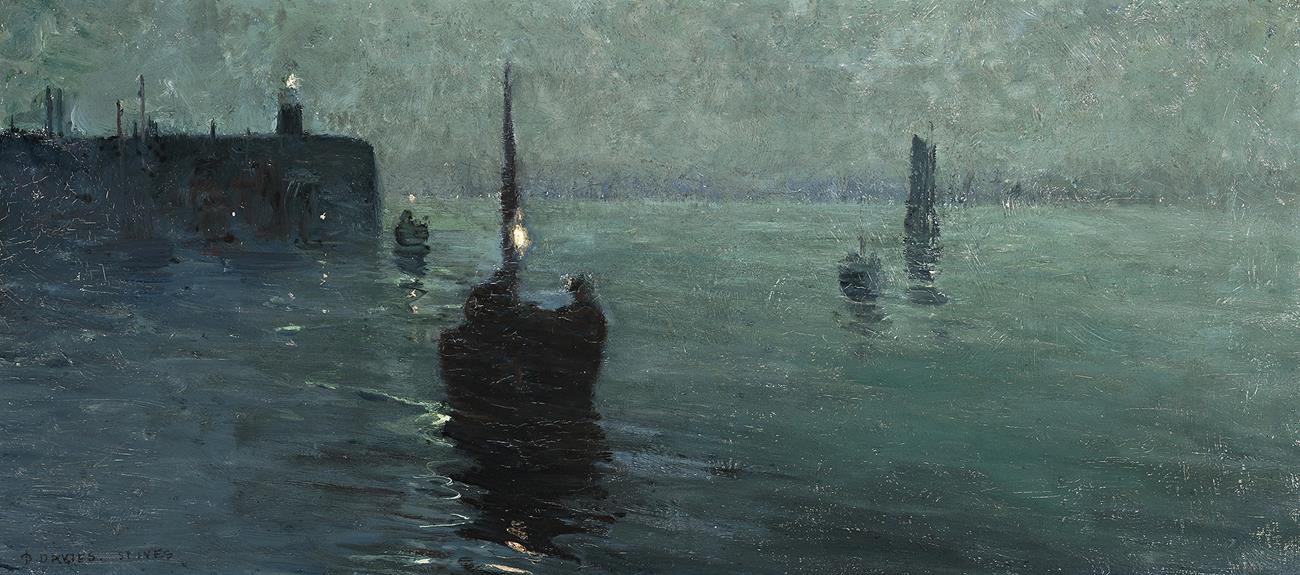
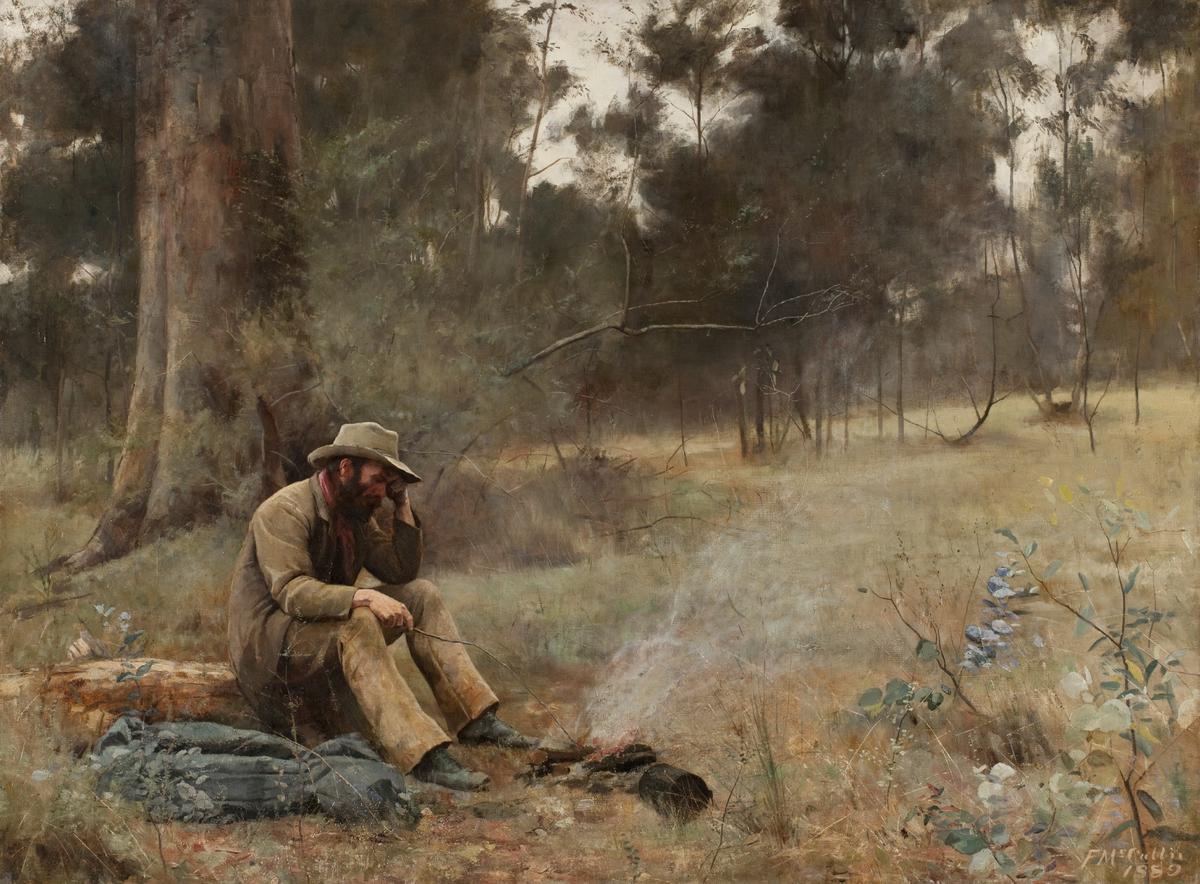
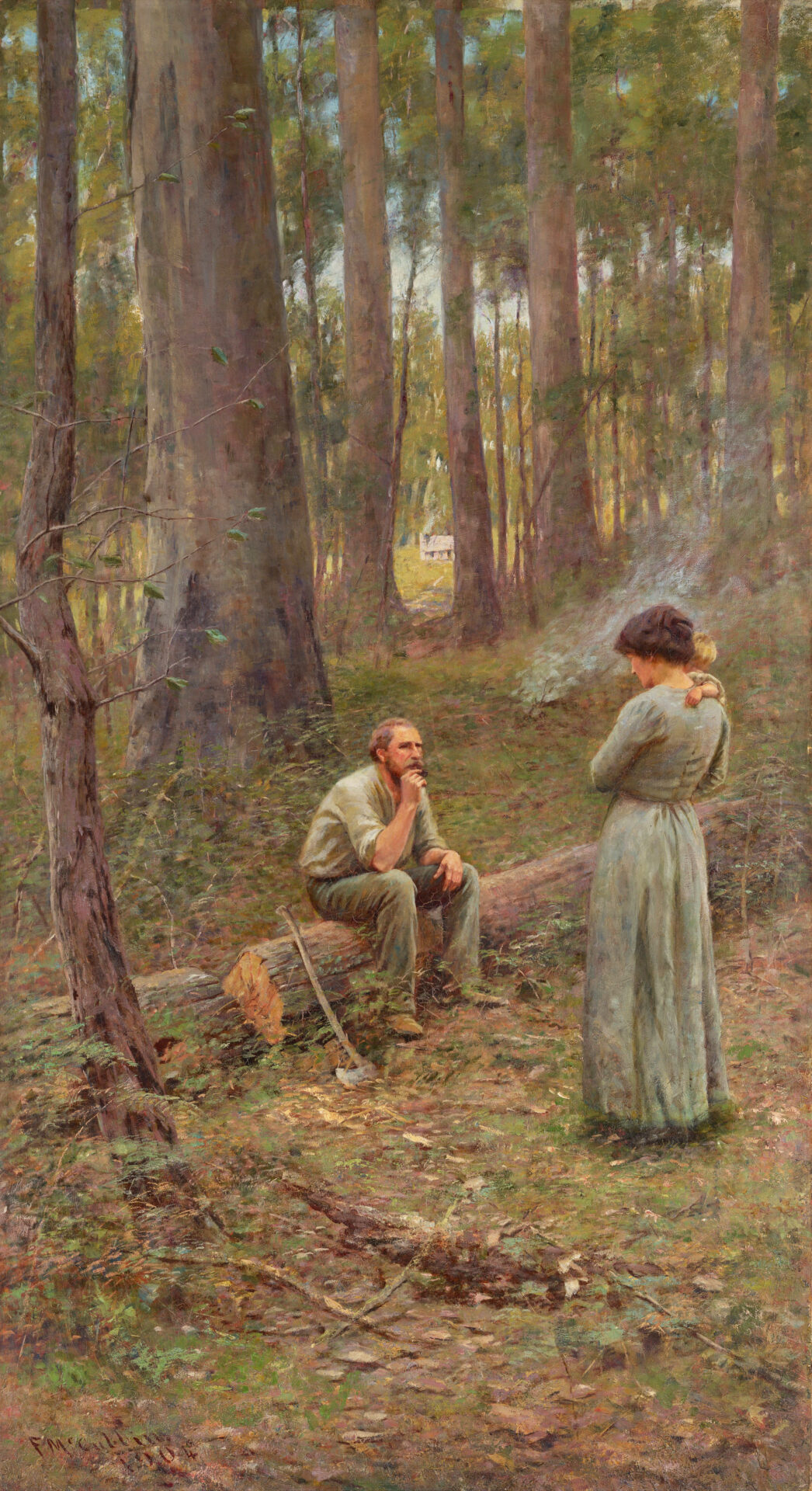
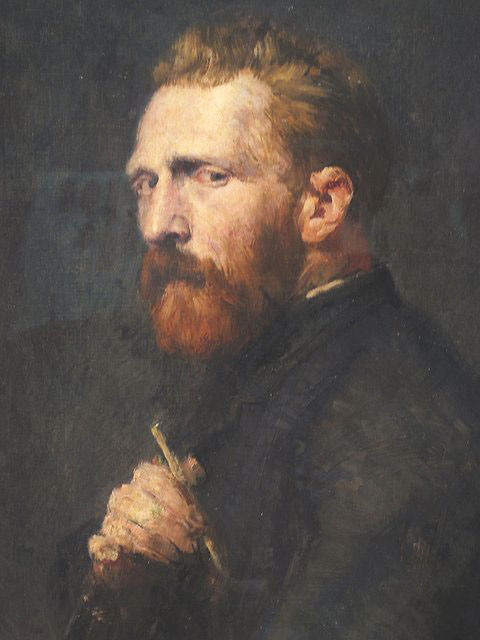
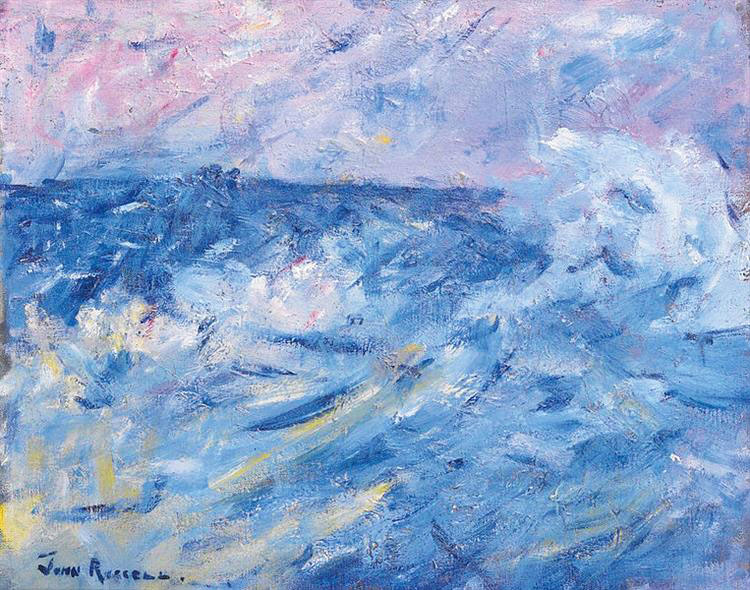
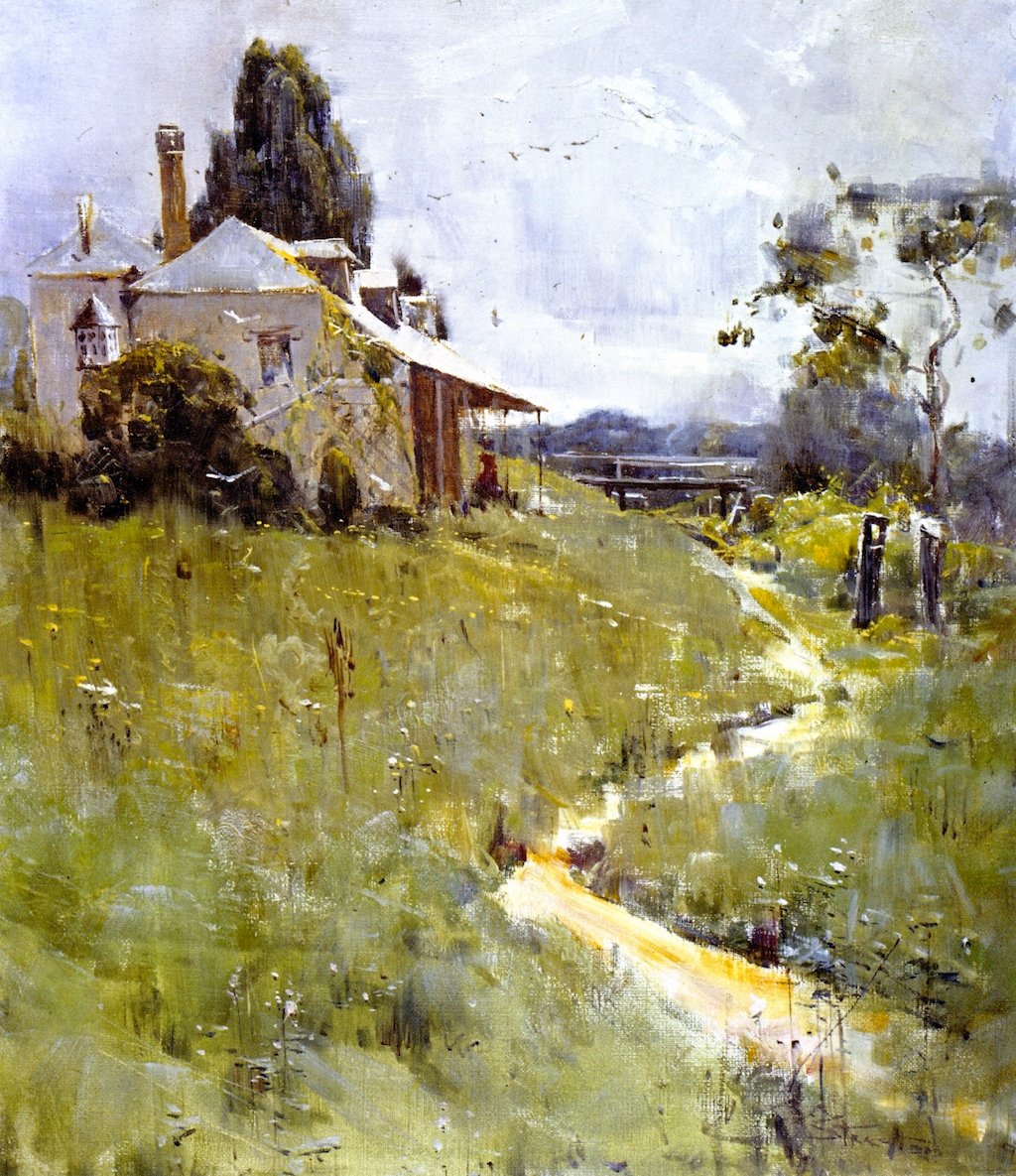
Leave a Reply
You must belogged in to post a comment.